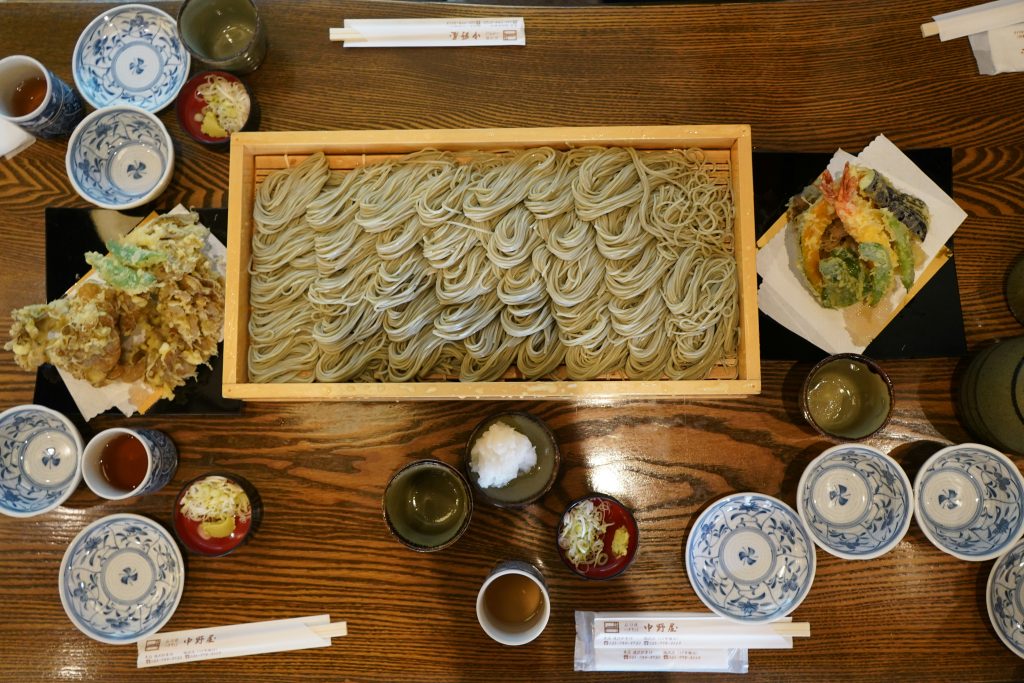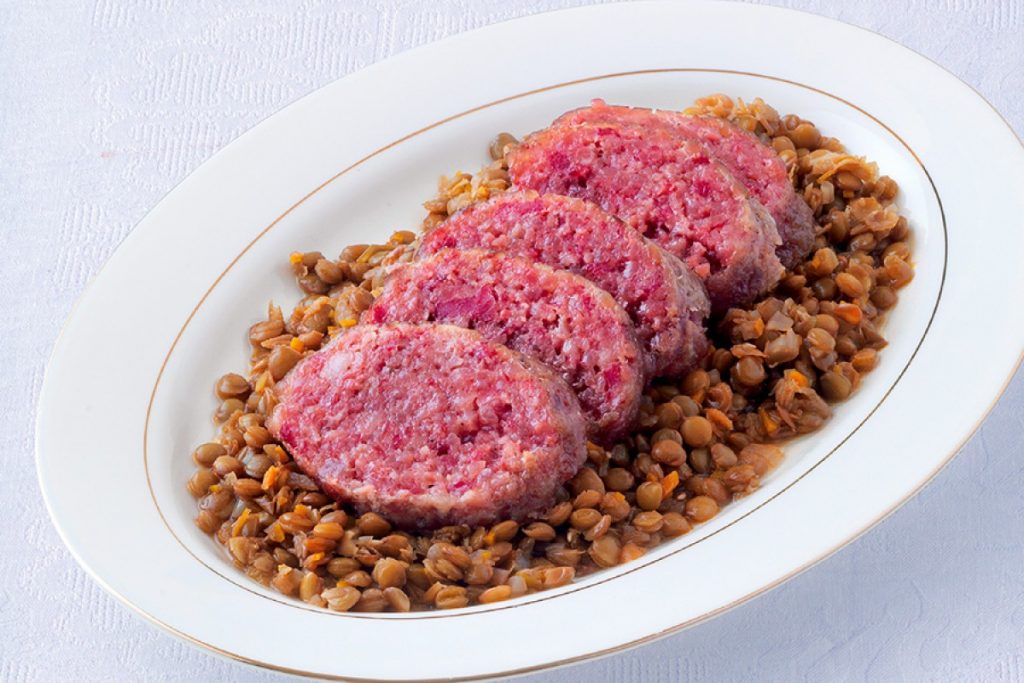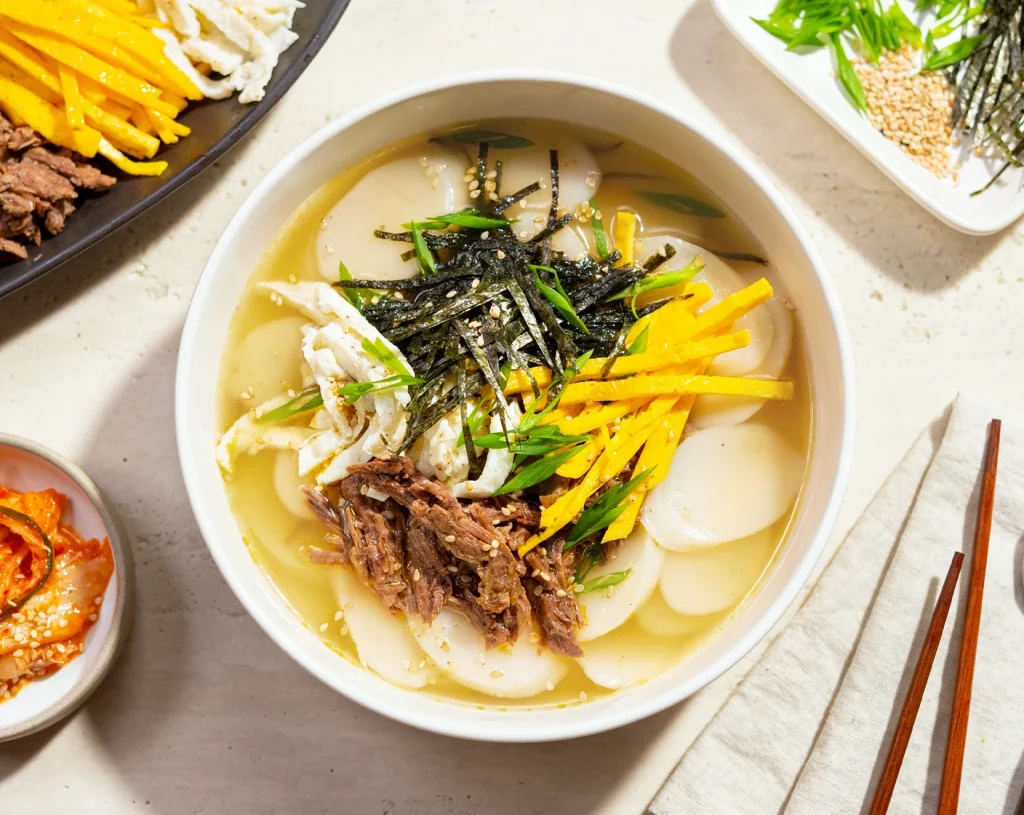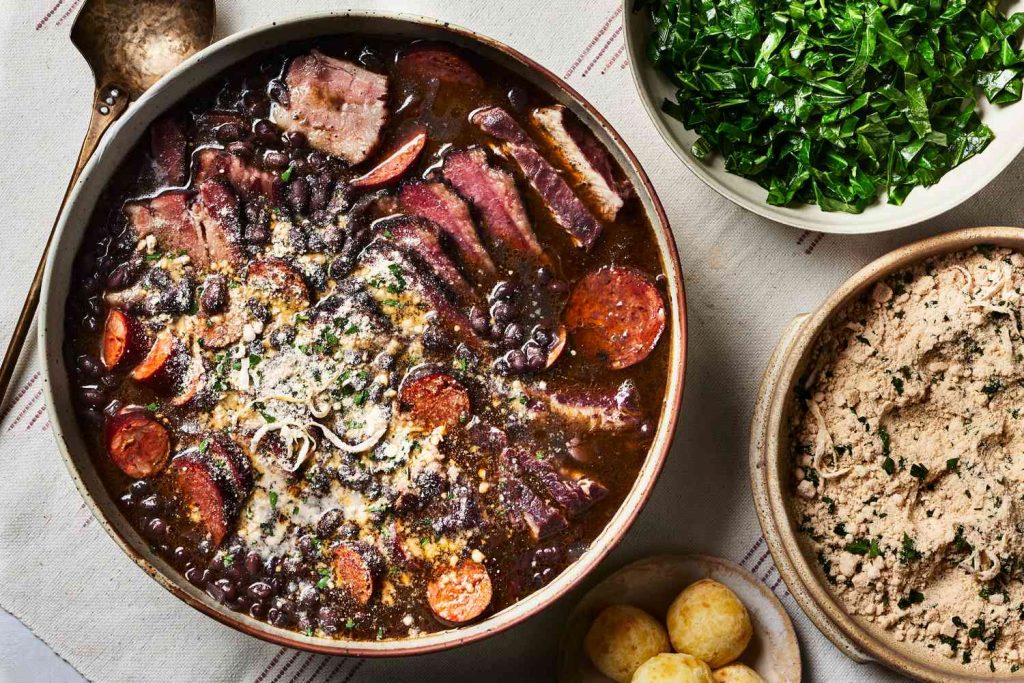
New Year’s Eve is one of the most widely celebrated occasions across the globe, and while fireworks, champagne toasts, and the iconic countdown to midnight take center stage, there’s something equally exciting: the food and drink traditions that accompany this festive night. From savory feasts to sweet indulgences, each culture brings its unique culinary traditions to the table as a way to mark new beginnings, honor customs, and, of course, share a delicious meal with loved ones. So, let’s take a culinary tour around the world and explore some of the most fascinating and flavorful dishes and drinks served on New Year’s Eve.
Spain – Twelve Grapes for Twelve Strikes
In Spain, the clock strikes midnight 12 times, and with each chime, revelers eat a grape, one for each stroke of the bell. This quirky tradition is said to bring good luck for each month of the upcoming year. It’s a fun and delicious way to count down to the new year—though getting all twelve grapes down in time can be a challenge! To wash down these fruits, Spanish families often enjoy Cava, a sparkling wine that’s synonymous with celebration. So, if you’re ever in Spain for New Year’s Eve, don’t forget to stock up on grapes!
Japan – Toshikoshi Soba for Longevity
In Japan, New Year’s Eve is celebrated with a meal that symbolizes good fortune and long life: Toshikoshi Soba (buckwheat noodles). The long noodles are eaten to signify the wish for longevity and a smooth transition into the new year. The soba is typically served in a hot broth with toppings like tempura, fish cakes, and green onions. The simplicity and symbolism of the dish embody the Japanese appreciation for balance and harmony. So, while fireworks light up the sky, families are enjoying the comforting taste of this noodle soup.

Greece – Vasilopita for Prosperity
In Greece, New Year’s Eve celebrations often include the baking of Vasilopita, a traditional cake that is sliced at midnight to honor Saint Basil, the patron saint of the poor. A coin is hidden inside the cake, and the person who finds the coin is said to have good luck for the year. The cake is made from a soft, fluffy dough flavored with orange zest and sometimes almonds, and it’s a treat that families eagerly anticipate. Alongside Vasilopita, Greeks also enjoy Ouzo, an anise-flavored liquor that’s perfect for toasts and celebrations.
Italy – Cotechino and Lentils for Prosperity
In Italy, New Year’s Eve dinner features a combination of Cotechino (a type of Italian sausage) and lentils, which are thought to bring wealth and good fortune in the new year. The lentils, which resemble small coins, are said to symbolize prosperity, and the rich, savory flavor of Cotechino sausage makes it a hearty dish to end the year with. Traditionally, Italians enjoy this meal as part of a larger family gathering, accompanied by plenty of wine and good cheer. The dish is typically served with a glass of Prosecco to keep the celebration sparkling.

Mexico – Tamales and Ponche Navideño
In Mexico, New Year’s Eve is a celebration full of flavor. Tamales, a traditional dish made of masa (corn dough) filled with meats, cheeses, or chilies, are a common feature at festive gatherings. These little bundles of joy are often prepared in large batches and shared with family and friends. To wash down these savory treats, Mexicans sip Ponche Navideño, a warm, fruity drink made with tamarind, guava, and cinnamon, sometimes spiked with rum or tequila. The comforting flavors and vibrant colors of this drink evoke the spirit of the holiday season.
South Korea – Tteokguk for Good Fortune
In South Korea, New Year’s Eve marks the start of the Seollal festival, during which families gather to celebrate and honor their ancestors. A key dish during this holiday is Tteokguk, a soup made with thinly sliced rice cakes in a savory broth, often with egg and vegetables. Eating the rice cakes symbolizes gaining a year of age and good fortune. The dish is often accompanied by makgeolli, a traditional Korean rice wine that adds a mild, sweet kick to the festivities.

Denmark – Rice Pudding for Sweet Surprises
In Denmark, a fun tradition revolves around rice pudding—specifically a dish called risalamande. This cold rice pudding is made with whipped cream, vanilla, and chopped almonds. The twist? One whole almond is hidden inside, and the person who finds it is said to enjoy a year of good luck. This sweet treat is often served with cherry sauce and is a delightful way to celebrate the New Year. To accompany the pudding, Danes might enjoy a glass of glögg, a spiced mulled wine that brings warmth and cheer.
Brazil – Celebrating with Black-Eyed Peas
In Brazil, the New Year is a time to offer thanks to Iemanjá, the goddess of the sea. One popular dish to eat on this night is feijoada, a hearty stew made from black beans, pork, and sausage, often served with rice and collard greens. Black-eyed peas are also a common food, symbolizing good luck. Alongside the feast, Caipirinha, Brazil’s national cocktail made from cachaça, lime, sugar, and ice, is the drink of choice for toasting to the new year.

A Global Feast to Welcome the New Year
New Year’s Eve is a time for celebration, reflection, and—of course—indulgence. From Spain’s 12 grapes to Brazil’s black-eyed peas, the foods and drinks people consume on this special night carry deep cultural significance and are a way to ensure a prosperous and joyful year ahead. Whether you’re savoring a comforting bowl of noodles in Japan, enjoying a glass of bubbly in Italy, or discovering the joys of ponche in Mexico, the diverse culinary traditions of New Year’s Eve remind us that food is a universal language of love, tradition, and hope for the future. So, wherever you are in the world, dig into these delicious customs and start your new year with the flavors of fortune and happiness!














